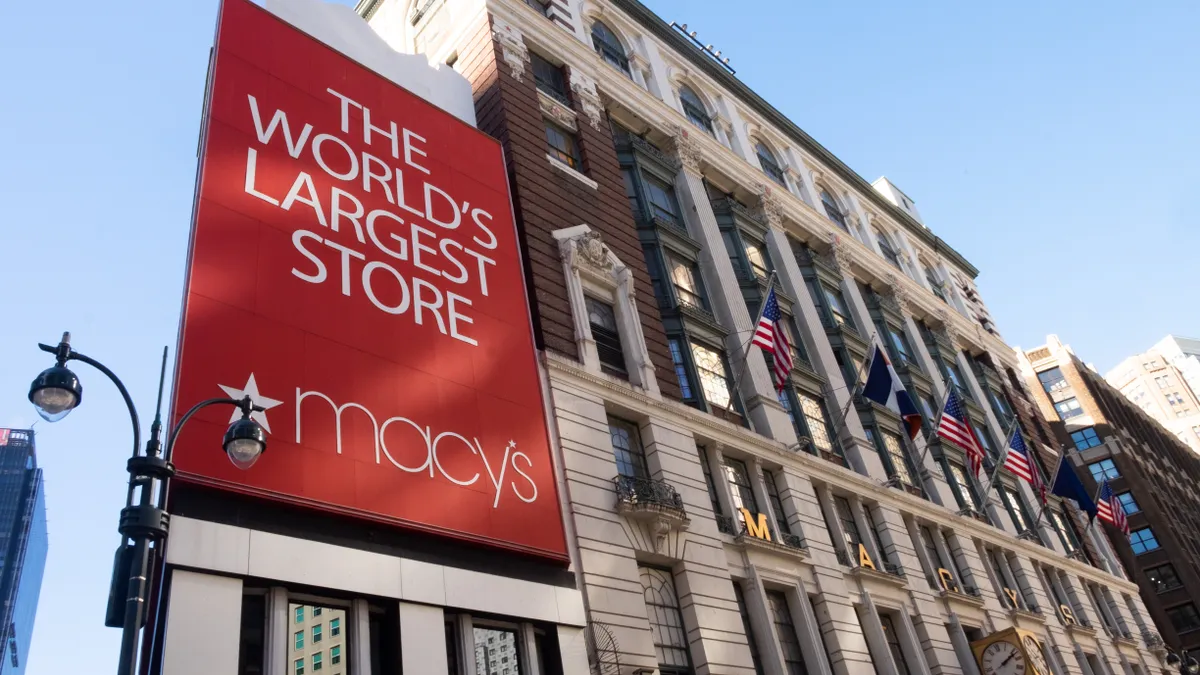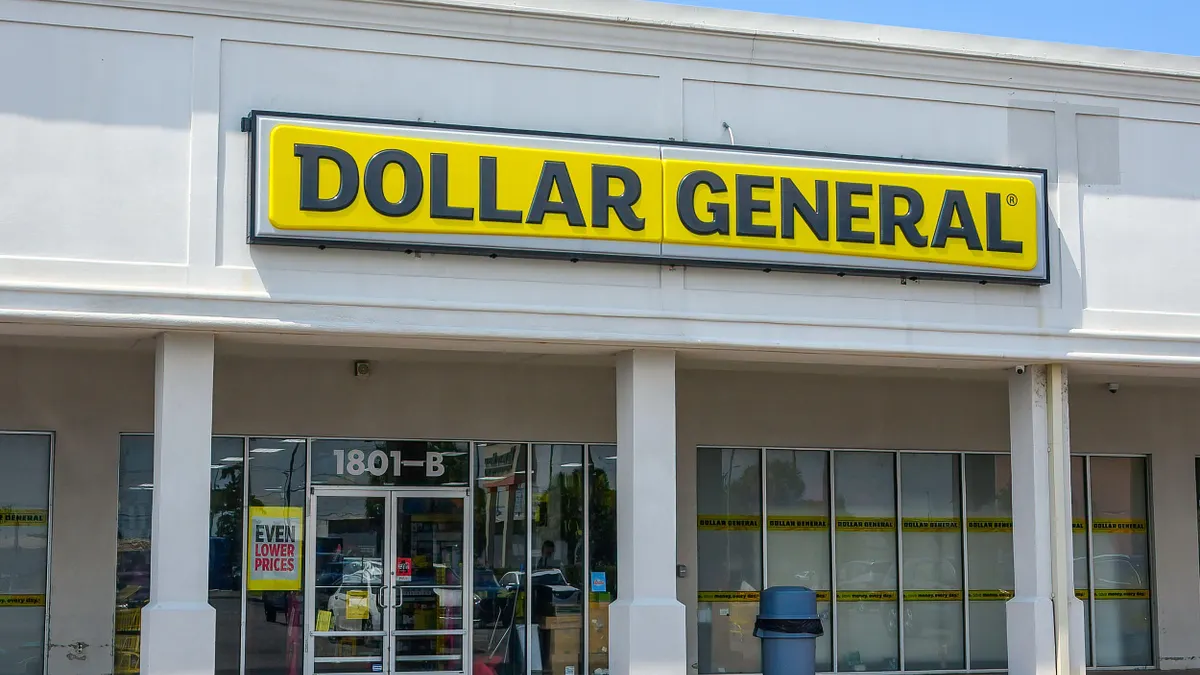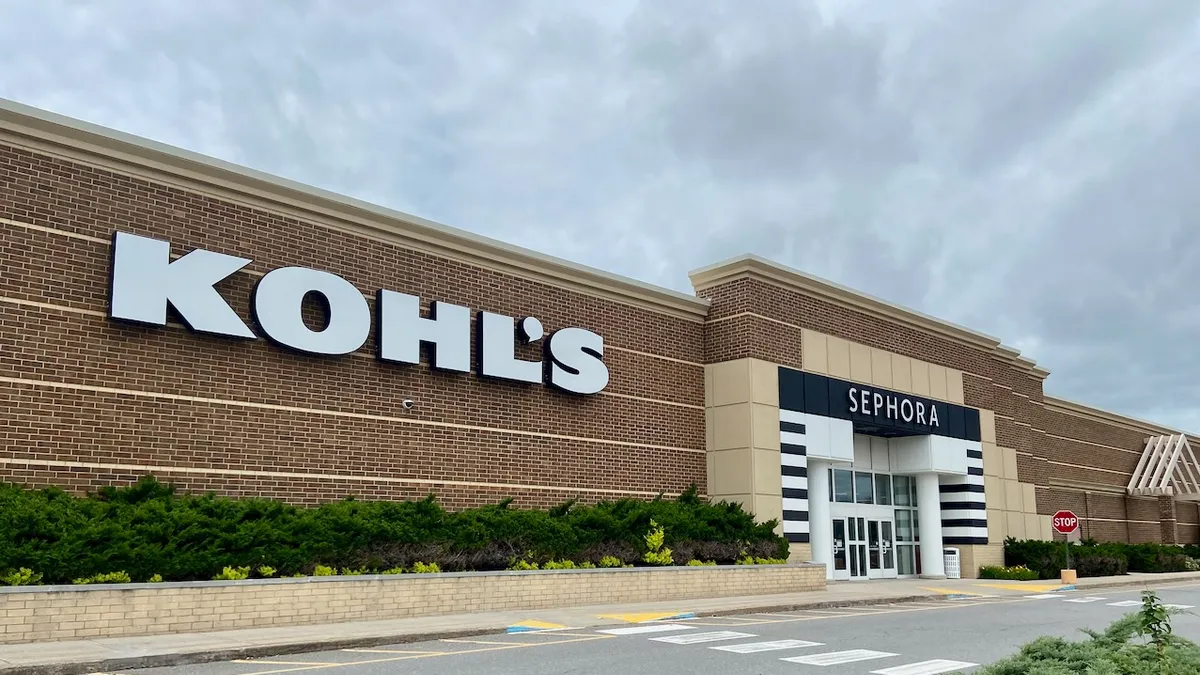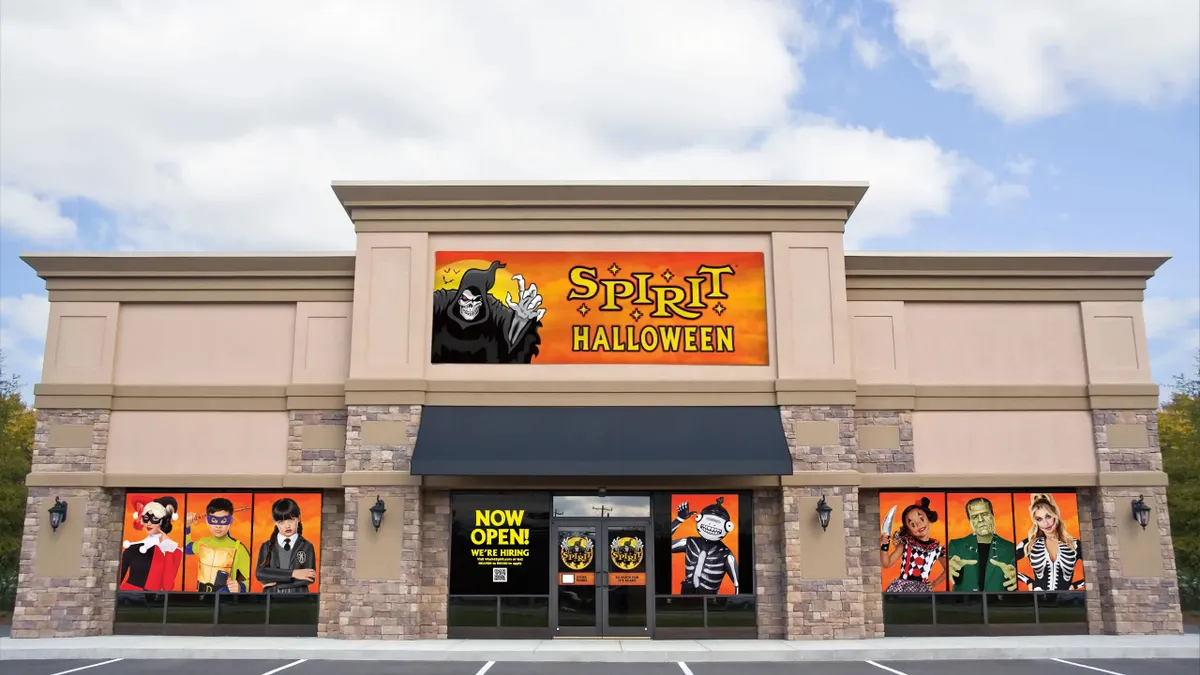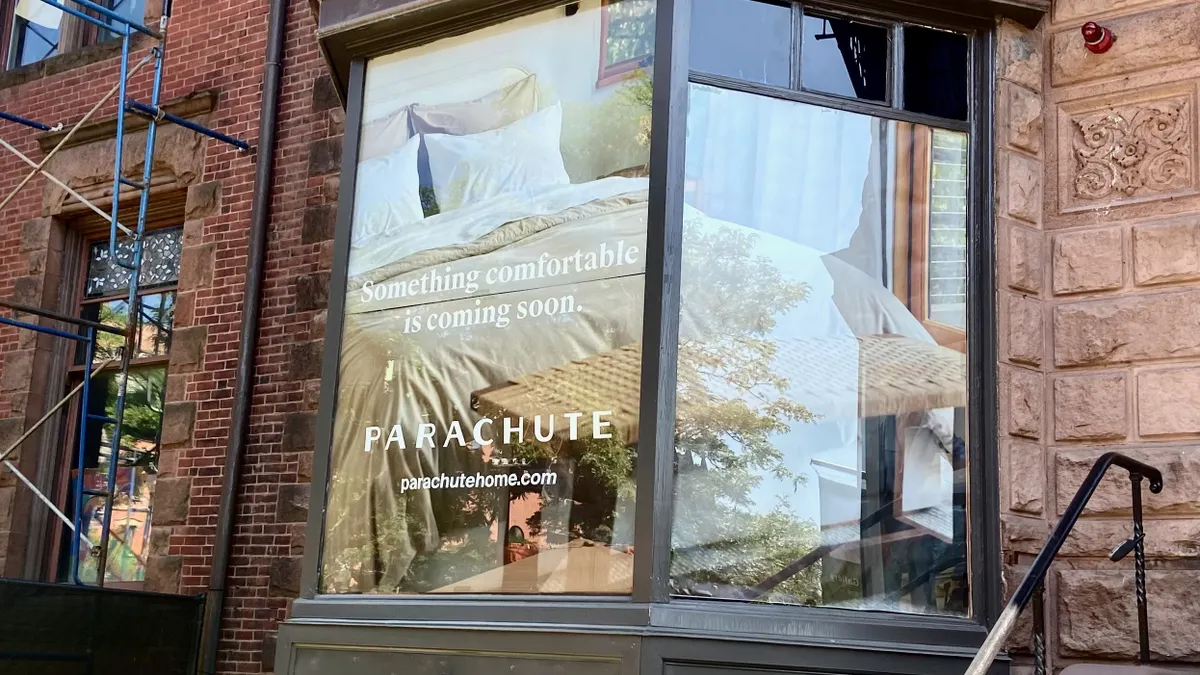There's a rumor in Chicago that Target is thinking of taking over space being vacated by Macy's on the Magnificent Mile shopping district, at the Water Tower Place shopping center, according to a recent report in the Chicago Tribune.
This location has been the scene of controversy in the past. Before it was a Macy's, that store was a Marshall Field's, one of the mall's first anchors when it opened in the 1970s. Some Chicagoans have never forgiven Macy's for its takeover of perhaps their most beloved retailer early this century.
Now, the notion of replacing Macy's with a Target is creating a buzz. In an interview with WGN radio, Cook County Treasurer Maria Pappas called the prospect "embarrassing," "disgusting," and "desperate" on the part of mall owner Brookfield.
"I'm trying to figure out what is magnificent on the Magnificent Mile about Target," Pappas said.
Others defended the idea, including author Micheline Maynard, who said in an email that she once lived three blocks from Water Tower Place. "Urban Targets meet the needs of today's city dwellers, the way the original wave of Chicago department stores, like Marshall Field, Carson Pirie Scott and Goldbatt's did in the 20th century," she wrote in Crain's Chicago Business.
She may be on to something.
Target declined to comment on whether it's signing a Water Tower lease, and Brookfield didn't immediately return a request for more information. But if it is, it would be a neat illustration of how, as Maynard points out, Target has usurped the traditional department store, as some retail analysts see it.
"Target has become a place where consumers go to discover new things," GlobalData Managing Director Neil Saunders said by email. "This used to be at the heart of what department stores were – going right back to the very early days of the concept. They were merchants which brought a world of interesting products within easy reach of consumers. Most traditional department stores – with some exceptions such as Harrods and Selfridges – do this no longer. Indeed, they are more like museums where boring products go to gather dust!"
What department stores gave up
In their heyday, department stores were true emporiums, with merchandise as varied as sewing notions, housewares, tools, art, wine, candy, toys, electronics, jewelry, beauty, pet supplies and even more, plus, of course, apparel and footwear.
Their lovely buildings, high-touch services and helpful store employees, along with amenities like tea rooms and child care in many cases, made a trip to a department store an enjoyable day of discovery. These various departments gave them their name, which has steadily eroded as big-box stores and specialty retailers, and later e-commerce players, enticed their customers with lower prices and in-and-out convenience.
As department stores gave up sales in many categories, those departments shrank or emptied and usually filled up with more apparel (a once highly lucrative market that now has its own problems). At many stores, (several of them, like Marshall Field's, eventually taken over by Macy's), there are now fewer services and fewer helpful store employees.
Sounds like local officials are out of touch with retail realities. I'd take a Target over a Macy's any day of the week! And I don't think I'm alone! https://t.co/RIutUdfhci
— Neil Saunders (@NeilRetail) March 10, 2021
As department store consolidation continued through the late 20th century and into the 21st, many local and regional department stores' private labels also disappeared, replaced with those of their owners (again, often Macy's) and more third-party brands.
"They nuked the private label that did well in each one of the markets, which was one of the first really stupid things that they did," Sanford Stein, founder of Retail Speak, said of Macy's predecessor Federated when it bought up and centralized a slew of local and regional department stores. "These home brands really met the taste of the marketplace. They did it for the sake of numbers, and efficiency."
How Target (and others) stepped in
As more shoppers buy online, stores need a reason to exist beyond presenting goods warehouse-style. Now many of the players that have taken share from department stores are adopting tactics perfected by those old retailers.
While big-box and discount retailers have traditionally had vast interiors with utilitarian displays, for example, some have begun to carve up their brick-and-mortar spaces to facilitate browsing. As part of a $7 billion overhaul of its stores and private labels launched four years ago, Target has noticeably disrupted its aisles to exhibit home goods and apparel so that shopping is easy and pleasant.
The retailer this month said it's dedicating $4 billion more in capital expenditures, part of which will go toward remodeling more stores.
"Those Target stores very much recognize the value of those visual cues, where they took down partitions and they made the visual cues much more engaging, and the subconscious messaging that the store was making, their strike points, their introduction of the vignettes, the well-placed little breaks, the intersections between one walkway," Stein said. "This is all adding in the vocabulary of the department store. This is all part and parcel of what was basically the rulebook for good merchandising design in most department stores."
Shop-in-shops and pop-ups from third-party brands have also appeared not just back into department stores like Macy's, Nordstrom, Kohl's and J.C. Penney, but also at specialty big-boxes like Best Buy and mass merchants like Target.
"Those Target stores very much recognize the value of those visual cues... This is all adding in the vocabulary of the department store."

Sanford Stein
Founder, Retail Speak
Target, in particular, in recent months has announced dedicated spaces for Apple, Ulta, and an exclusive collection of apparel, home goods and pet supplies from Levi's. Disney has announced the closure of 60 stores in North America but has ramped up its shop-in-shop locations, including at Target. The discount retailer has partnered with direct-to-consumer brands like Casper and Harry's. And for decades now, it has fostered a "cheap chic" image through limited partnerships with high-end designers. Saunders expects yet more brands to seek out Target.
"Target has become a department store in the traditional sense of the term," said Saunders. "It already has very clearly delineated sections for different categories, with each having a distinct merchandising style and feel. This is very different from a traditional variety retailer or discount general merchandiser, like say Walmart, where most departments do not feel particularly different but tend to have a warehouse type feel. This really allows Target to add value in categories like home as it can display products more effectively and entice consumers into buying."
Finally, mass merchants have also discovered the power of private brands, which differentiate their merchandise from names that might be found anywhere and provide fatter margins. The king of private labels is probably Costco's Kirkland, whose sales outpace Macy's entire enterprise, but various introductions and revamps in a range of categories have come from Amazon, Walmart, Kohl's and Macy's, among others.
But once again, Target has excelled at this, after its concerted effort to sweep away many old store brands and design new ones. Steady introductions in the last five years have appeared throughout its assortment, from commodities like food and consumer products to more discretionary items like home goods, luggage and apparel. They've been lucrative: The company's new activewear line notched $1 billion in sales in its first year and is the 10th billion-dollar private brand in its portfolio.
When Macy's announced its Polaris turnaround a little over a year ago, an effort that was interrupted by the pandemic, executives said its own private labels were similarly due for an overhaul. But analysts at the time warned that the department store's focus on cutting costs could interfere with that. That shows that, whether at a department store or elsewhere, employing specific merchandising methods can only go so far.
"We saw this with J.C. Penney which, despite having the phenomenally successful Sephora shop-in-shop concept, failed to reignite its core business," Saunders said. "Sephora certainly drove traffic to JCP stores, but very few of those consumers were big spenders at J.C. Penney itself. In contrast, Target has a very strong underlying business so its partnerships are really icing on the cake. It is all very well having other brands and concepts come in, but retailers should also be innovating themselves. Target does, but many others do not."



